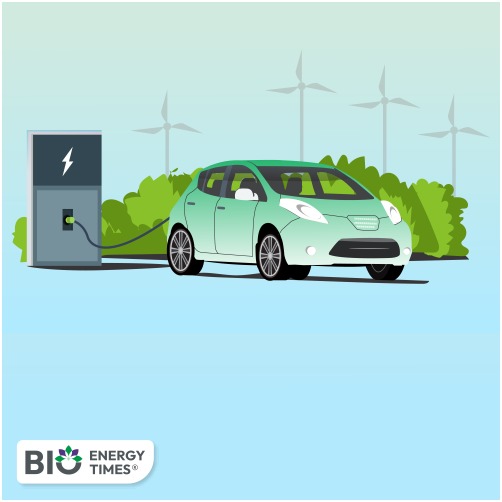Uttar Pradesh registered a record 70,770 electric vehicles in the April–June quarter of FY 2025–26, availing tax and fee exemptions worth ₹255.50 crore. The surge included over 21,000 electric two-wheelers and cars, marking a strong shift toward cleaner mobility options in the state, reports Hindustan Times.
According to the state transport department’s Q1 performance report, total revenue for the quarter reached ₹2,913.78 crore — a 10.39% year-on-year increase, meeting 85.9% of the quarterly target. Revenue for June alone stood at ₹830.15 crore, up 4.1% from the previous year, despite EV-related tax waivers and administrative disruptions.
Transport Commissioner VN Singh noted that the EV push is no longer limited to low-end vehicles. “In this quarter, 5,658 electric cars and 15,434 electric two-wheelers were registered. This shows a rising interest in EVs among mid-segment users,” he said. With 12.29 lakh EVs registered so far, Singh said U.P. is well on its way to becoming the country’s top EV state.
However, concerns remain. The expansion of EV charging infrastructure and oversight of e-rickshaw operations is lagging. In the same quarter, 1.17 lakh new transport vehicles and 9.67 lakh non-transport vehicles were registered — increases of 16.04% and 12.41%, respectively. E-cart registrations surged by 80.26%, underlining rising commercial activity but also raising red flags over unchecked overloading and permit violations, especially in rural and semi-urban areas.
Over 90% of revenue collection was done digitally, with ₹84.50 crore from driving licence services and ₹30.45 crore from e-challans and summons. While officials hailed this as a sign of growing digital trust, complaints continue over delays, weak rural outreach, and poor grievance redressal.
Calling the quarterly results “a model of governance,” Singh praised the alignment of policy, technology, and public participation. Yet, former officials caution that without better enforcement, improved road safety, and timely infrastructure development, the current momentum may not be sustainable.














